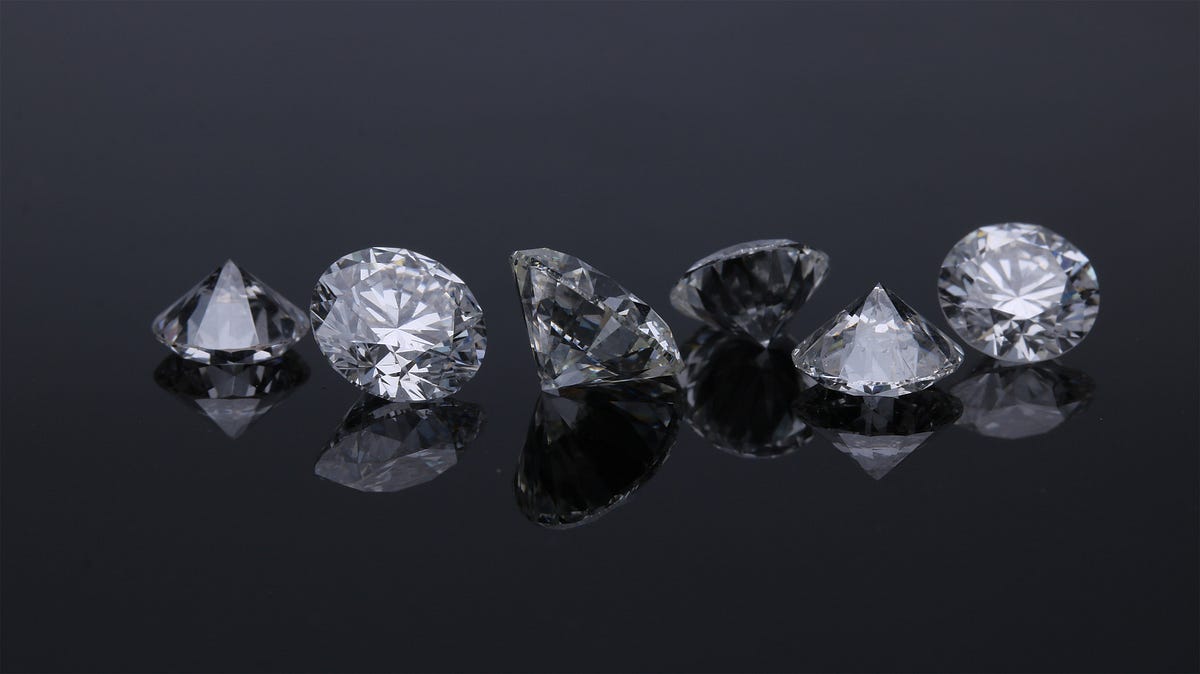Ethical diamonds have emerged as the ethical cornerstone of the jewelry industry. These diamonds, often referred to as man-made diamonds, offer a compelling alternative to traditionally mined stones. The concept of ethical diamonds revolves around sustainability, responsible sourcing, and minimal environmental impact.
One of the primary drivers behind the rise of ethical diamonds is the growing consumer awareness regarding the ethical and environmental concerns associated with traditional diamond mining. While natural diamonds have long been cherished for their rarity and beauty, the extraction process has often been marred by issues such as labor exploitation, environmental degradation, and conflict financing.
Enter man-made diamonds, a marvel of technology and innovation. These diamonds are created in controlled laboratory environments, replicating the natural process of diamond formation. Through advanced scientific methods like High Pressure High Temperature (HPHT) or Chemical Vapor Deposition (CVD), these diamonds are grown with precision and quality that rivals their natural counterparts.
The allure of ethical diamonds lies not only in their ethical credentials but also in their identical physical and chemical properties to mined diamonds. They possess the same brilliance, hardness, and visual appeal, making them indistinguishable to the naked eye. This remarkable similarity has led to a surge in their popularity among consumers seeking ethically sourced luxury.
Moreover, the creation of man-made diamonds significantly reduces the environmental footprint associated with traditional mining. It diminishes the need for extensive land excavation, minimizes habitat disruption, and curtails the carbon emissions generated by mining operations. This environmental consciousness aligns with the values of a growing segment of socially responsible consumers.
The jewelry industry has taken note of this shifting consumer preference. Many renowned jewelry brands and retailers now offer collections featuring ethical diamonds, showcasing their commitment to sustainability and ethical practices. This shift reflects a broader trend toward responsible consumerism, where consumers seek products that align with their values and contribute positively to the world.
However, while ethical diamonds offer a promising alternative, challenges persist. One of the key challenges is dispelling misconceptions surrounding man-made diamonds. Some consumers still hold onto the notion that these diamonds are somehow inferior or lack the mystique of natural diamonds. Educating consumers about the identical properties and ethical advantages of man-made diamonds remains crucial to broader adoption.
Additionally, the pricing dynamics between natural and man-made diamonds play a role in consumer decision-making. While man made diamonds typically offer a more cost-effective option, the perceived value associated with natural diamonds can influence purchasing behaviors. Bridging this gap requires a concerted effort from the industry to showcase the intrinsic value and ethical superiority of man-made diamonds.
In conclusion, ethical diamonds, particularly man-made diamonds, represent a transformative force in the jewelry industry. Their ethical sourcing, minimal environmental impact, and identical qualities to natural diamonds position them as a compelling choice for conscientious consumers. As the demand for ethical and sustainable products continues to rise, the allure of ethical diamonds shines brighter than ever, offering a glimpse into a more responsible and ethical future for the luxury jewelry market.





